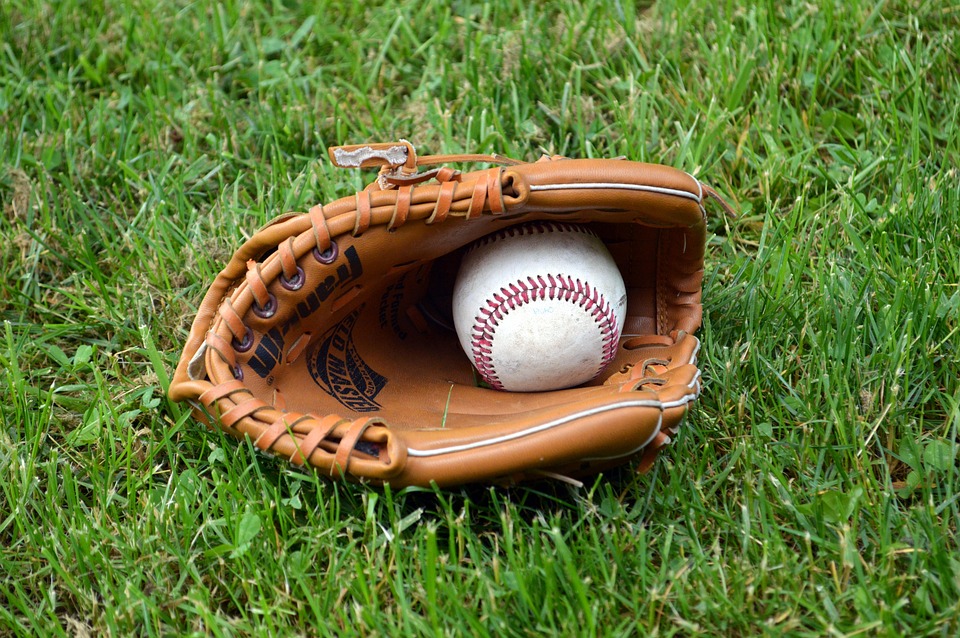Pitchers who throw side armed, referred to as sidewinders, are not that common, especially in the Big Leagues, so we seem to never discuss pitching side armed, but perhaps we should.
There is an abundance of scientific proof regarding the tremendous strain on the shoulder, elbow and wrist, pitching with an over handed or 3/4 delivery induces on our body, due to it being an abnormal motion for the affected body parts to move. In contrast, it’s well known how underhanded (softball ) pitchers can throw inning after inning, day after day, because the underhanded motion is a natural body motion.
The initial question one would ask is does a sidearm pitching motion reduce the amount of arm injuries, because it’s closer to a natural motion than the other pitching deliveries? There really isn’t enough available data, because of the few side armed pitchers, but it doesn’t appear side armed pitchers are any less immune to injury than any other baseball pitcher.
However, the seriousness and amount of certain injuries such as, susceptibility to hyper abduction and rotator cuff, will be less for a side armed pitcher due to the fact their elbow is lower than shoulder level during the delivery motion, unlike the other deliveries.
Looking at a few Pros and Cons of pitching side armed. Number one, not everyone can throw side armed as evidenced by the lack of side armed pitchers at all levels of baseball, ironically although tilted more towards a natural motion than overhand, for most people it is a very uncomfortable throwing position.
Another issue is the inability to achieve the velocity which an over handed pitcher can attain due to the increased use of the shoulder muscles and the overhand whipping motion.
However, an overhand pitch will rotate and spin on a Horizontal Axis which will have the ball travel in a normal trajectory, which a hitter may become accustomed to and will be able to guess the ball’s location.
A side armed pitch will rotate and spin on a Vertical Axis which will make the ball react in a different matter than what hitters are accustomed to. For instance, an over handed 4 seam fastball will hop and rise while approaching the plate, in contrast a side arm 4 seam fastball will sink instead.
One distinct advantage of the sidewinder is the unique and unusual release point of the ball. The ball, depending on the pitcher’s particular release point, could blend in with the white color of the pitching rubber, disguising the ball and making it harder to pick up and hit.
Additionally, a side armed pitcher can give the illusion he’s throwing the ball directly at the hitter, which may make it quite difficult for a hitter not to bail out.
Baseball Tidbits – Throwing Farther
There’s throwing the ball and there’s B Throwing the Ball. You’re probably shaking your head and thinking “He’s sleep depredated again, staying up all night thinking about baseball.” Actually, no, I meant exactly what I said.
There are Two distinct throwing methods most commonly utilized in baseball and they both are designed to serve two distinct purposes.
Throws from the outfield must travel great distances, which makes the strength and accuracy of the throw very important, and although the need for “getting rid of the ball” as quickly as possible, always applies, the outfielder is not quite as pressed for a quick release as an infielder.
In many circumstances the outfielder is in position to begin his forward motion towards the infield slightly before he catches the ball. This forward motion, which infielders usually don’t enjoy, facilitates for a stronger and longer throw.
The outfielder will extend his throwing arm backwards behind his body as far as possible, resembling a pitcher as he opens up, which allows for more and longer arm motion, creating more power.






More Stories
Baseball Equipment and the Evolution of America’s Pastime
Sports Medicine
Competitive Fastpitch Pitchers Don’t Just Have a Strong Arm